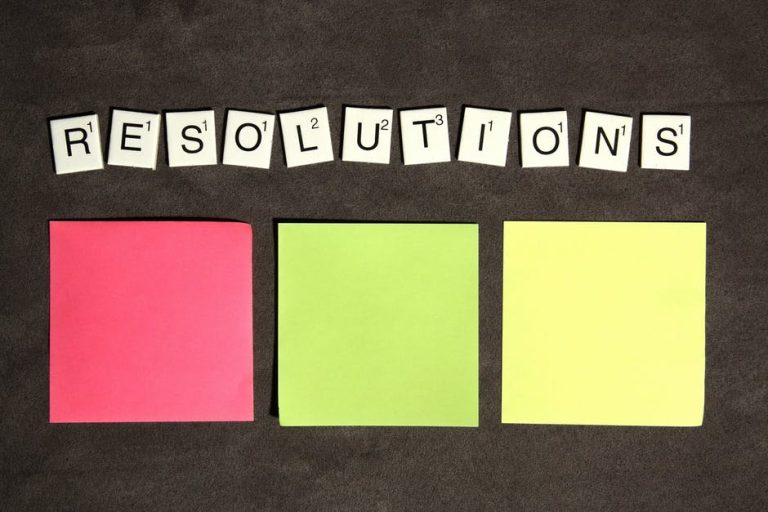Breath in Therapy
If you’ve noticed your therapist asking about your breath, there’s a good reason for this. Oftentimes I ask my clients: “How are you breathing?”, “How’s your breathing?”, “Are you breathing?”, etc.
At the beginning of our therapy process, they usually tell me: “But of course I’m breathing!” And fair, of course they are. So, why do I keep insisting on it?
Unexamined Breath Patterns
Well, a client likely enters therapy with unexamined breath patterns that may create stress that puts the body on high alert and thereby creates perceptions of how safe or unsafe, welcoming or unwelcoming the world is. Whatever we do with our bodies, including our breath, in Gestalt therapy is seen as a relational phenomenon.
This means that the way we breathe in any given moment is our reaction to what we’re feeling when we’re faced with someone or something. Thus, breath can be a valuable source of information regarding how we feel towards that. The body serves to integrate what’s being perceived when we contact our surroundings (Spagnuolo Lobb, 2015).
Understanding breathing patterns
It may be useful for the therapist to accurately assess a client’s breathing patterns, both at rest and under stress, so as to accurately design breath interventions that keep the client modulated and regulated, while also teaching more healthy breathing patterns.
It’s worth noting that breathing patterns are at least partly socially learned, and the therapist must be aware of the intersubjective field of the breath. In other words, his or her breathing patterns may influence and be influenced by the client’s breathing (Caldwell & Victoria, 2011). Using our breath in therapy means that the therapist pays attention to their breath as well. By being aware of our bodies, we are more present for ourselves and for the contact with the other.
Is there such a thing as ‘bad breathing?
With inadequate or “bad” breathing, we stop ourselves, we interrupt ourselves and decrease our flexibility. In situations we find unpleasant, it is rather natural to completely stop breathing for a moment (Lowen, 1966). There’s empirical support for the idea that sustained inhibited breathing patterns can develop in response to stressful environments (Lalande et al., 2012). Inhibited breathing lowers brain oxygen and reduces serotonin synthesis with consequent increase in depressive symptomatology.
The Power of Breathwork
Using breathwork in therapy ties in very closely to meditation and yoga and their benefits. Neurological effects of meditation suggest it’s therapeutic utility. A well established characteristic of meditation is that it’s shown to relate to higher serotonin activation, as well as an increase in dopamine release (Lalande et al., 2012). Meditators are better able to regulate intensity of emotional arousal, and this suggests possible pathways by which breathwork may create therapeutic neurological changes.
The Benefits of Meditation Based Approaches
There is empirical evidence for yoga breathing based interventions in treating depression, while meditation based approaches demonstrate efficacy in the treatment of depression and anxiety (Lalande et al., 2012). Neurological and behavioral self-regulatory changes associated with meditation are also related to positive mental health outcomes. Relaxation techniques are known to alleviate distress, anxiety and depression, and to increase positive mood states.
It may be worthwhile teaching our clients to slow down and to adopt conscious breathing practices. We can help the physiology balance, thereby decreasing distress signals that the physiology might be sending to the emotional and cognitive processing centers of the brain (Caldwell & Victoria, 2011)
Connecting with Conscious Breathing
“Good”, conscious breathing, allows for our capacity to connect with ourselves and with the world around us (Lowen, 1966). The combination of breathwork and experientially-oriented verbal psychotherapy may facilitate reductions in anxiety, and increases in self esteem (Holmes et al., 1996).
Simply shifting our focus away from what’s being said and over to our breath can be a good way to increase awareness. We are then free to modify it and experiment with it if we choose to do so, and this can be a good way to release energy and bring about a change in perspective. It’s the simplest thing, but it changes so much.
Branka Mlinar is a psychologist and Gestalt therapist offering psychotherapy and counseling to adolescent and adult individuals. She’s mostly worked with problems of anxiety, interpersonal and relationship issues, procrastination, work-related stress, trauma, and grief.
If you think that you can benefit from professional support on this issue you can reach out here.
References:
Caldwell, C., & Victoria, H. K. (2011). Breathwork in body psychotherapy: Towards a more unified theory and practice. Body, Movement and Dance in Psychotherapy, 6(2), 89-101.
Holmes, S. W., Morris, R., Clance, P. R., & Putney, R. T. (1996). Holotropic breathwork: An experiential approach to psychotherapy. Psychotherapy: Theory, Research, Practice, Training, 33(1), 114.
Lalande, L., Bambling, M., King, R., & Lowe, R. (2012). Breathwork: An additional treatment option for depression and anxiety?. Journal of Contemporary Psychotherapy, 42(2), 113-119.
Lowen, A. (1966). Love and Orgasm; with an Introduction by David Boadella. Staples Press.
Lobb, M. S., & Wheeler, G. (2015). Fundamentals and development of Gestalt Therapy in the contemporary context. Gestalt Review, 19(2), 1-24.







